The History of the Martial Arts Color Belt Ranking System
Martial arts color belts have been an integral part of the martial arts community for centuries. Often seen as a mark of progress and skill, the belts denote the level of expertise a student has achieved. But for many, the belt rank system can be confusing to understand.
What are Martial Arts Color Belts?
Color belts are a system of ranking used in various martial arts disciplines. The color of the belt worn by a student indicates their rank, with a white belt student being the lowest level and a black belt being the highest. The color belt system is used in many martial arts, including judo, karate, taekwondo, and Brazilian jiu jitsu.
Overview of History and Origin of Martial Arts Belts
The colored belt system is believed to have originated in Japan in the late 1800s, when Jigoro Kano, the founder of judo, created the first martial arts belt grading system of a white belt and a black belt. Practitioners wore folding kimonos and the martial arts belt helps to keep their kimonos closed and neat appearing.
Kano used the colors white and black to represent the two levels of proficiency in judo, which were beginner and advanced. The other colors were added later to karate belts by founder Gichin Funakoshi. The brown belt was added later, by the 1960s.
Today, depending on the art, even more colors have been added. The belt ranking system for your dojo or specific style of martial art may be different than others, so always check with your dojo for their ranking system.
Who Invented the Color Belt System?
Jigoro Kano
Jigoro Kano was a Japanese educator who is credited with creating the first colored belt system. He was the founder of judo and developed colored belts to help measure students’ progress. Kano’s color system was originally made up of two levels: the white belt for beginners and the black belt for advanced and was the beginning of all belt ranking systems. Belt color immediately identifies the experience level of a martial arts practitioner.
Gichin Funakoshi
Gichin Funakoshi is the founder of karate and is credited with adding more other colors to the martial arts belts. He added yellow, orange, green, and blue, creating a wider range of karate belt colors for karate belts. Other modern belt colors may include red, camouflage, and purple belts.
Which Martial Arts Use Color Belts?
Judo
Judo is a martial art and sport developed in Japan in the late 19th century by Jigoro Kano. It is a form of unarmed combat, in which two opponents attempt to throw or take down each other using grappling techniques, throws, and pins. The goal of Judo is to throw your opponent to his back, pin him, or get him to submit. It is rooted in the principles of balance, leverage, and coordination. In Judo, the emphasis is on using the opponent’s own energy and movements against them, rather than relying solely on strength.
Judo is an Olympic sport and is practiced worldwide. It is a great way to encourage physical and mental development, as it requires discipline and respect. It is a great form of self-defense and is not only a great way to stay fit, Judo can be enjoyed by all ages and levels, making it a great sport for everyone.
Karate
Karate is an ancient Japanese martial art founded by Gichin Funakoshi and is now one of the most popular martial arts in the world. It combines striking, kicking, throwing, and grappling techniques with a focus on self-defense, discipline, and physical fitness.
Modern karate students can range from people of all ages, from young children to seniors. Karate also incorporates weapons such as swords, sticks, and staffs. The training also involves lessons in etiquette and philosophy, and practitioners are encouraged to have and show respect to their peers and instructors.
Taekwondo
Taekwondo is a Korean martial art known for its emphasis on kicks and hand strikes. It’s considered a full-contact sport and has been an official Olympic sport since 2000. At it’s roots, Taekwondo is a combination of Karate, Judo, and Chinese Martial Arts, but modern-day Taekwondo is mostly limited to mostly kicking with very little striking. Nonetheless, it’s one of the most popular martial arts in the world.
Brazilian Jiu Jitsu
Brazilian Jiu Jitsu is a martial art and combat sport that focuses on ground fighting and submission holds. It was brought from Japan by judoka Mitsuyo Maeda in the early 20th century and taught to the Gracie family. BJJ is a modified “newaza” version of the traditional Japanese martial art of Judo adapted by the Gracie family, who didn’t really like being thrown.
The goal of Brazilian Jiu Jitsu is to gain a dominant position over their opponent using leverage and positioning, and then use a submission, joint lock, or choke hold to force them to surrender. The “jujitsoka” can also win a match by points, which are awarded for taking and maintaining a dominant position. Brazilian Jiu Jitsu is becoming increasingly popular as a sport and is being practiced in gyms, competitions and mixed martial arts events around the world. It is also being used to train military and law enforcement personnel in self-defense.
The Meaning of Specific Belt Colors
White Belt
The white belt is the starting point for martial arts belts and represents a blank slate, with no previous experience. In martial arts, the color white typically symbolizes purity and a new beginning. A white belt is often worn by students to represent innocence and a clean start.
Yellow Belt
The yellow belt is the second level in the colored belt ranking system and signifies the beginning of a martial artist’s journey and the first step to black belt. The color of the yellow belt is associated with the rising sun. This is because the yellow belt is a symbol of the beginning of a new day, the dawning of a new era, and the hope and optimism that come with a new start.
Orange Belt
The orange belt is the third level in the system and is worn by students who are demonstrating growth in skills, increased proficiency, and a better understanding of the art in general. Orange represents a setting sun that has progressed from bright yellow to a more mature orange. An orange belt is also often associated with the concept of finding one’s true self and gaining courage, strength, and confidence.
Green Belt
The green belt is the fourth level in the system and is worn by students who have achieved an intermediate level of proficiency. The green belt is a sign of progress and dedication, representing the student’s commitment to the martial art. The color green is often associated with green grass, symbolizing the start of a journey, growth, and the sprouting of knowledge like a green plant.
Blue Belt
The blue belt is the fifth level in the system and is worn by students who have achieved a significant level of expertise in their respective art, but still progressing towards the brown belt. The blue belt may be seen to symbolize the sky, an image often associated with higher levels of enlightenment and insight. Similarly, plants reaching towards the sky may symbolize the idea of growth and progress, which is an important part of martial arts training. The idea of striving to reach higher levels of skill and understanding is shared between the two concepts, and is ultimately a key part of martial arts training.
Brown Belt
The brown belt is the sixth level in the color belt system and is worn by students who have achieved a high level of mastery in their martial arts training. The color brown comes from an analogy of seeds and harvesting. That, in having planted the seeds of knowledge, and taking the time to nurture these skills, the martial artist can then reap the rewards of hard work and the successful implementation of the learned techniques.
The Origin and History of the Black Belt
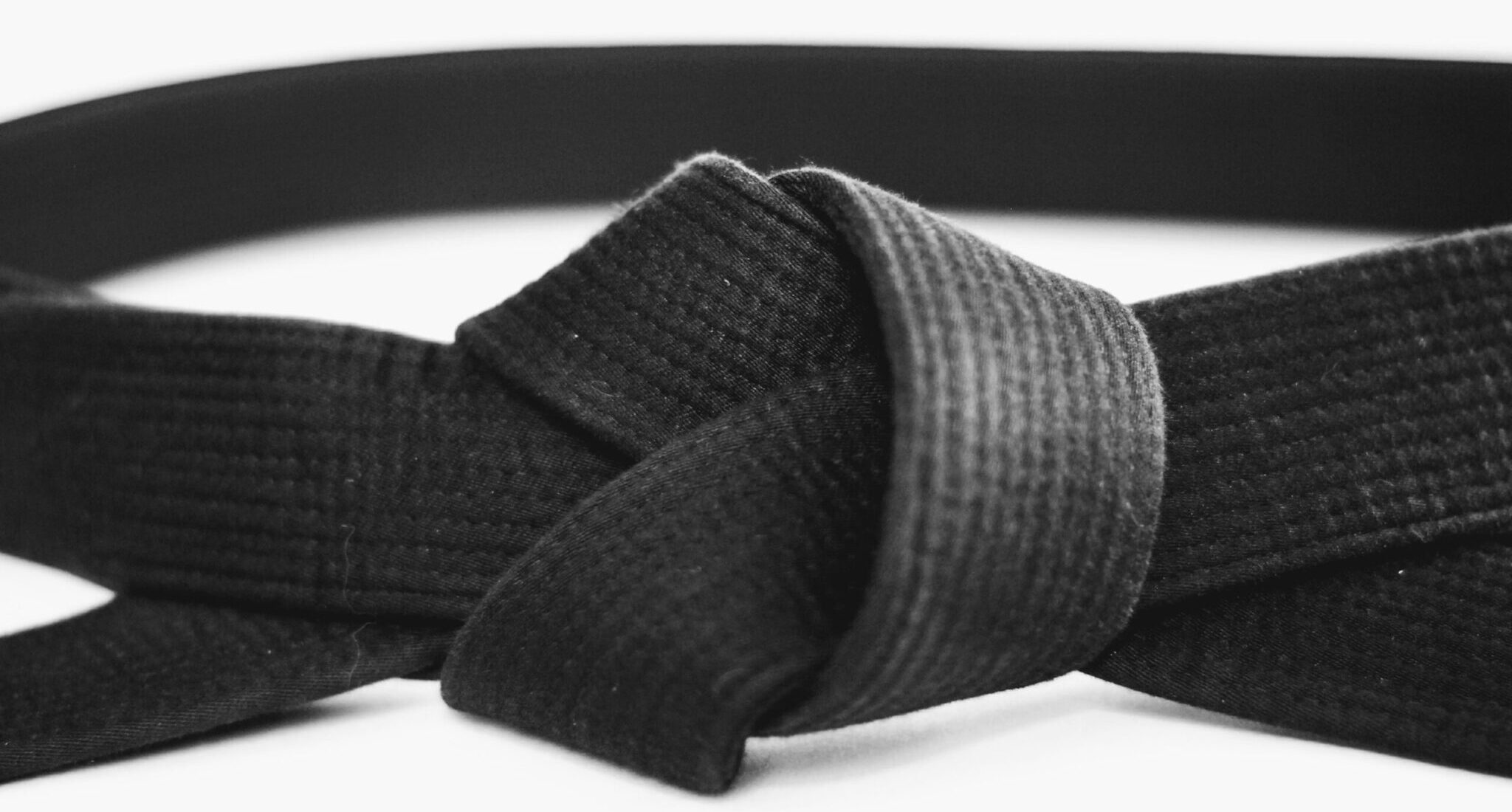 The black belt is generally known as the highest level in the color belt system, although in some arts, there are belts above black such as the red and white belt of Judo. The black belt is worn by students who have achieved mastery in their martial arts training, generally referred to as “black belts” and are ranked in degrees, starting with first-degree black belt, progressing to second-degree black belt, third-degree black belt, and so on. Black belts are a sign of mastery, representing the martial artist’s commitment to their art.
The black belt is generally known as the highest level in the color belt system, although in some arts, there are belts above black such as the red and white belt of Judo. The black belt is worn by students who have achieved mastery in their martial arts training, generally referred to as “black belts” and are ranked in degrees, starting with first-degree black belt, progressing to second-degree black belt, third-degree black belt, and so on. Black belts are a sign of mastery, representing the martial artist’s commitment to their art.
Requirements and Significance of Black Belt
In order to obtain a black belt, a student must have demonstrated a mastery of their respective art. This includes physical skill, mental discipline, knowledge, respect, and overall dedication to the art.
The Journey to Black Belt
The black belt journey is a long and difficult one, requiring dedication, discipline, and commitment. Probably some blood, sweat, and tears too. It is a journey that requires physical and mental strength, as well as a deep understanding of the martial art. It is a journey that will test a student’s limits and push them to their highest potential. Any true black belt wearer can attest to this.
A Conclusion to The Martial Arts Color Belt Ranking System
Martial arts color belts are an integral part of the martial arts community. They are used to signify the level of expertise a martial artist has achieved and are a mark of progress and skill. Other martial arts have adapted and even changed the color belt system so as to be unique in their own martial art belt ranking system.
Belt colors have been added over time, including the purple belt, and some have been even been split up into half-belts (yellow/orange, or green/blue, etc) to allow students to feel progress with more frequently awarded belt promotions. Regardless of your chosen martial art, the journey to a black belt is a long and difficult one, requiring dedication, discipline, and commitment. It is a journey that will test a student’s limits and push them to their highest potential. Best wishes to you in your martial arts journey.
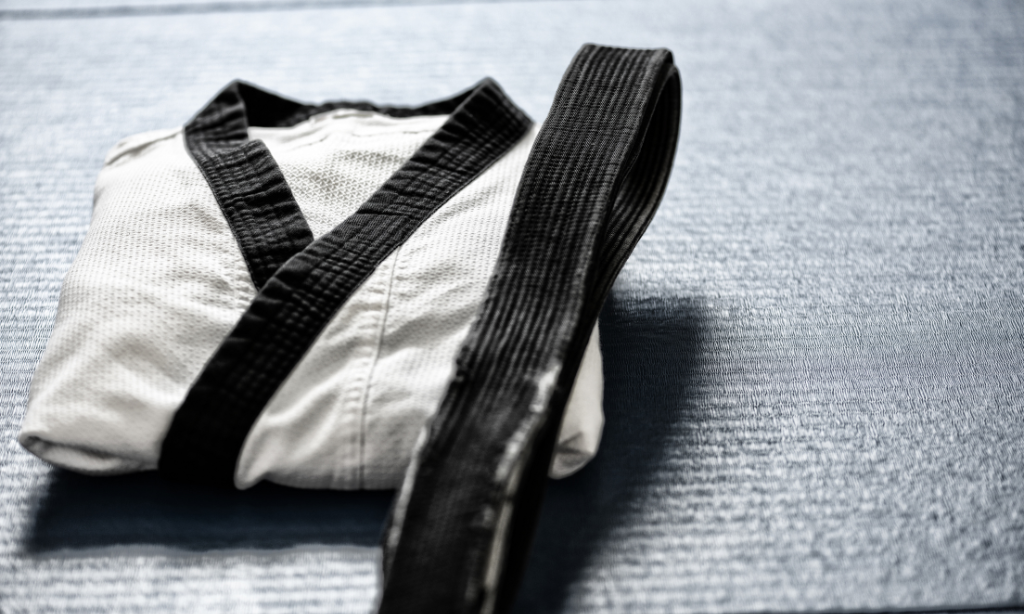

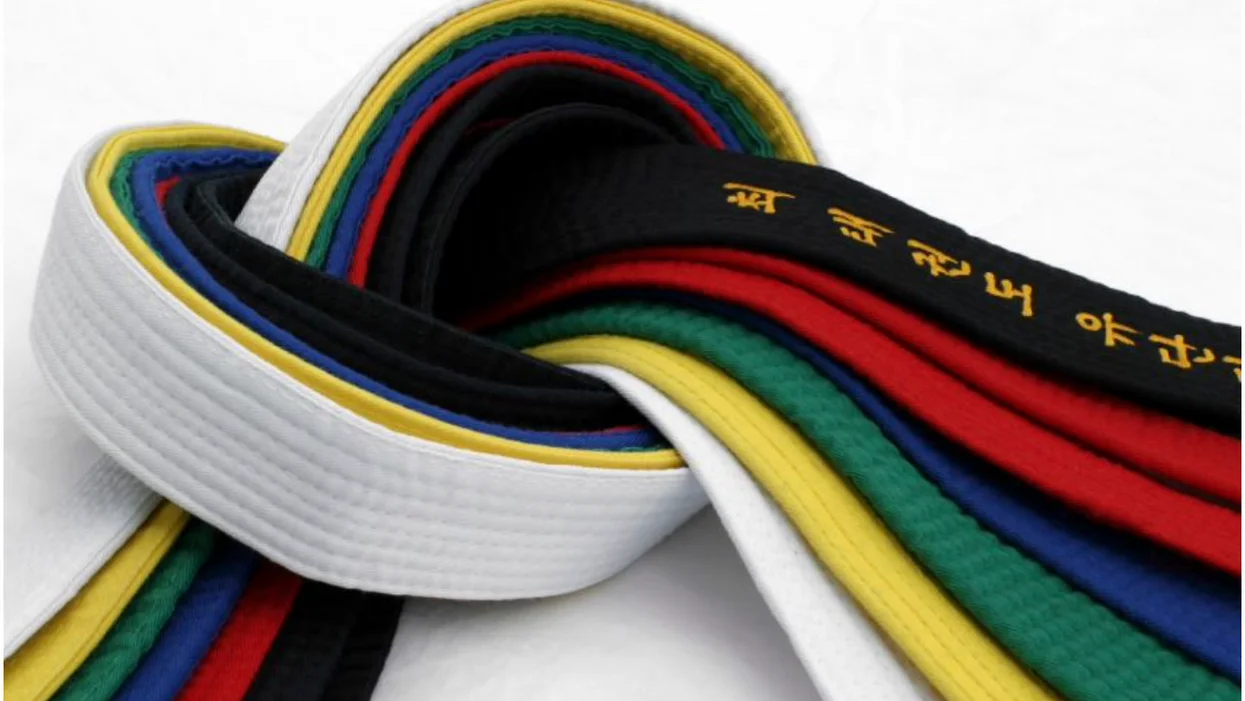
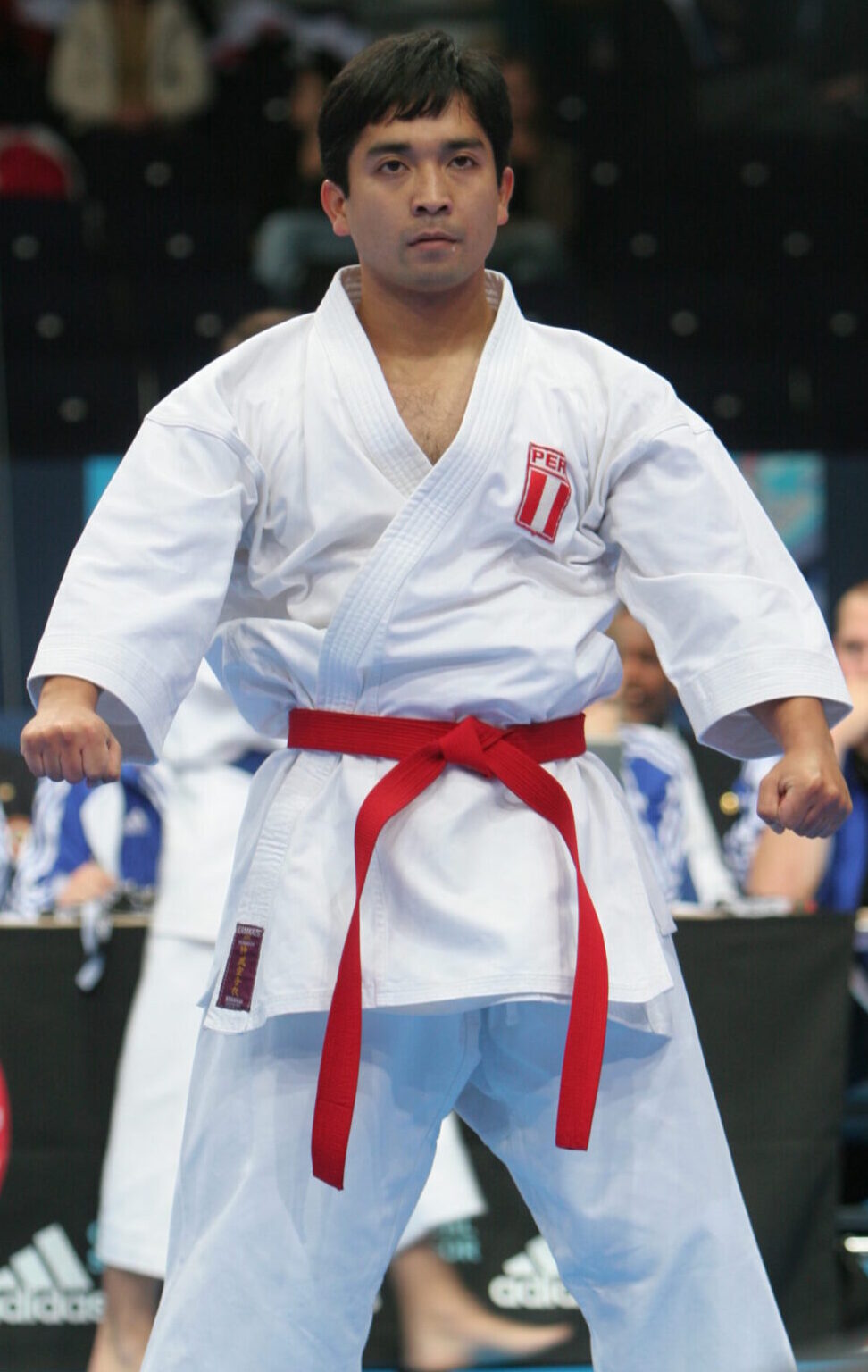

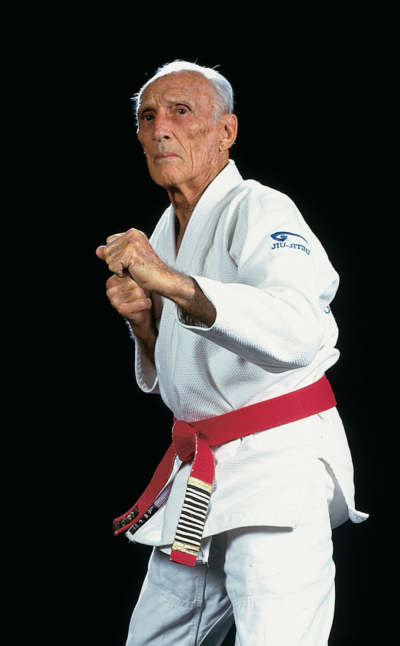
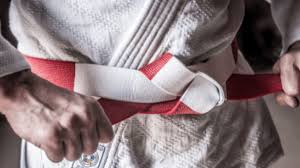



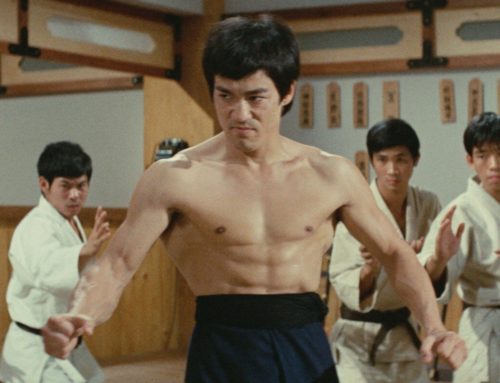

Leave A Comment